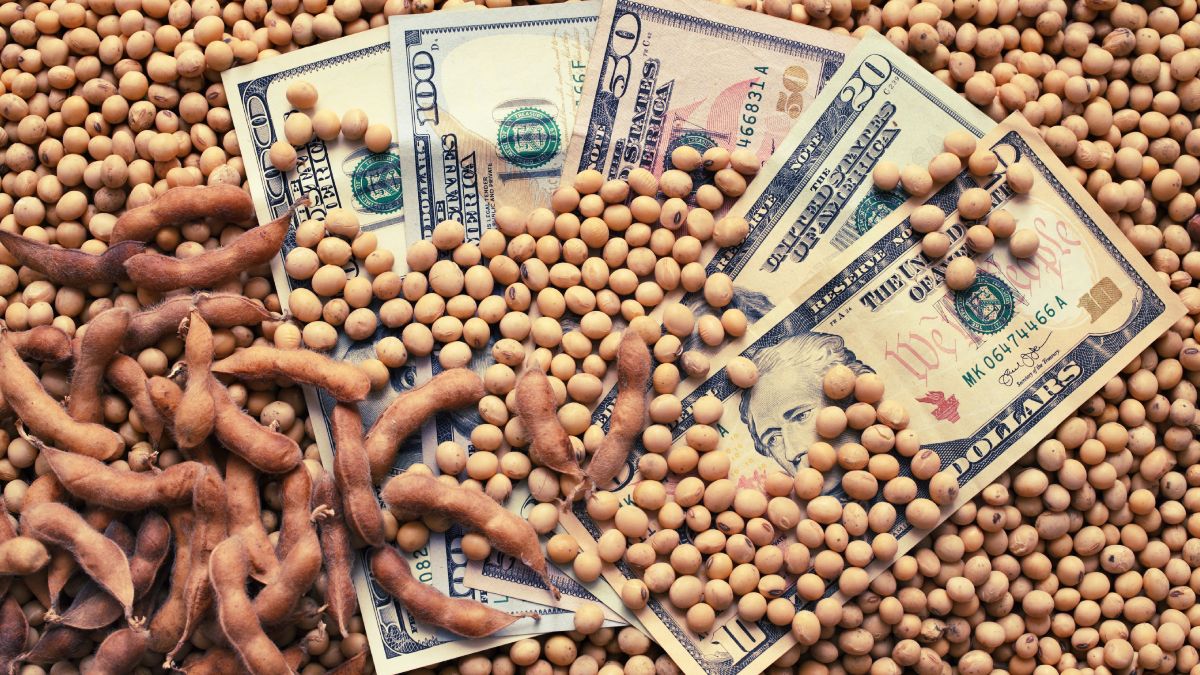The price of soybeans is falling in the world. Contracts to July closed this Friday at US$480 in Chicago and this is combined with a very sharp drop in local production as a consequence of the drought that hit Argentina this year. The water deficit had a significant impact on the volume harvested, almost 70% lower than last year, and this has a strong impact on the inflow of dollars into the country. The calculations estimate that more than $20 million will be lost in settlements, compared to last year, which undoubtedly harms the dynamics of the Central Bank (BCRA) reserves.
The international situation is due to the fact that, this year, “a record harvest in Brazil, that depressed global soybean prices and that is combined with a very good prospects for the campaign in the United States”, describes Ambit the economist expert in foreign trade from the University of Avellaneda Federico Vaccarezza.
On the other hand, the financial analyst Salvador Vitelli indicates that “these unfavorable prospects for commodities in the international context are accentuated by the drop in demand from Chinawhich he had pushed very strongly in previous campaigns”.
In this context, it indicates that the value is around US$500 per ton in Chicago and, in Brazil, it is around US$450 the ton (FOB value). “This implies a bad perspective for the entry of foreign currency into the country, which will worsen if the United States manages to rebuild stocks,” warns Vitelli.
A dangerous combo for the income of dollars
The situation is made even more complex by the fact that this international scenario occurs in a context in which Argentina has low production levels as a result of the drought, which caused the yields of the local harvest to drop precipitously. “Then, it is given a combo between the drop in prices in the world due to the global supply and the lack of national supply for the bad 2022-23 campaign ”, sums up Vaccarezza.
Thus, as described by the economist and director of the consulting firm Elypsis, “this whole situation implies a lower supply of dollars in the official market of changes and a greater difficulty to buy reserves for the BCRA”.
The big problem with this situation, as described by Kalos, is that this difficulty negatively affects expectations of exchange rate and inflationary volatility for the coming months, which means that the entry of fresh dollars to the BCRA is crucial.
A window of possibility to ease the dynamic
In this sense, Vaccarezza points out that, although it is true that, as a result of the overabundance described, at a global level, food prices have been falling and are moving away from the strong values they reached in 2022, soybeans still maintain historically high levels.
Therefore, as Gustavo Quintana, from PR Operadores de cambio, points out, there is still a window of opportunity for “stimulate the sale of producers and exporters, trying to anticipate future falls in the price”. Likewise, he indicates that international commodity markets are highly variable and the trend can change, so he also notes that it is advisable to wait to see how all the variables adjust to this new scenario.
And, on the other hand, Vaccarezza points out that, now, The sowing of the next campaign (2023-24) is coming and the producers have their eyes on it. “Most are leaning towards producing soybeans and not so much corn, but we have to cross our fingers that it will be a good campaign next year.”
All of this will be decisive in the Argentine economic dynamics for the coming months and next year and will be a central variable for the BCRA’s possibility of accumulating reserves going forward. For now, the good news is that for now it managed to reverse the negative balance of May in the official market in recent days, mainly thanks to a rebound in the liquidation dynamics of the soybean dollar 3. It will be necessary to see if this trend is maintained or not until the end of the edition of this export increase program, which ends at the end of May.
Source: Ambito




